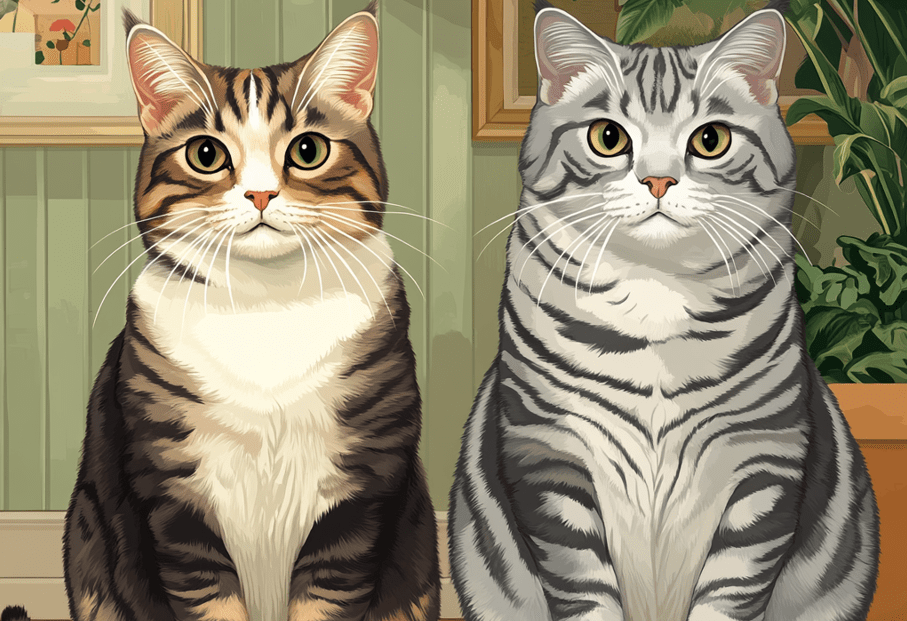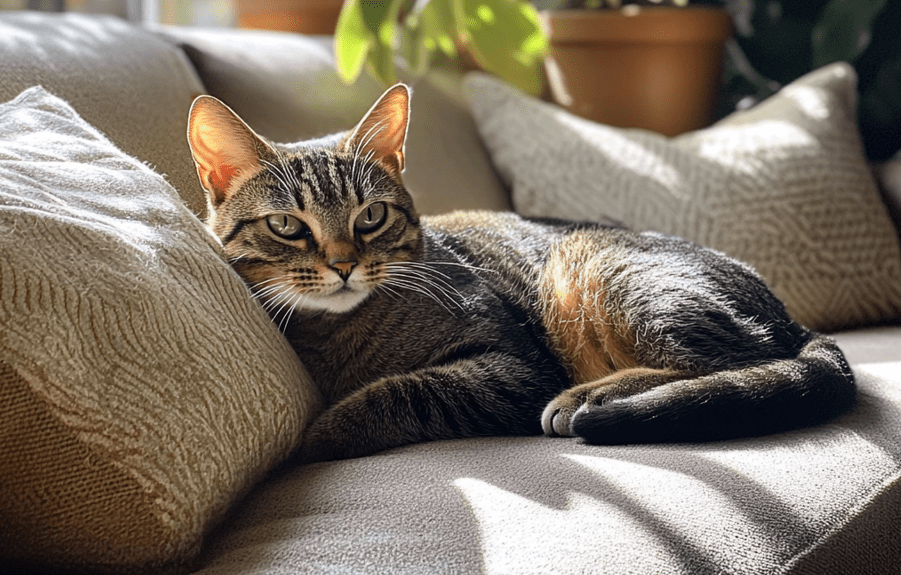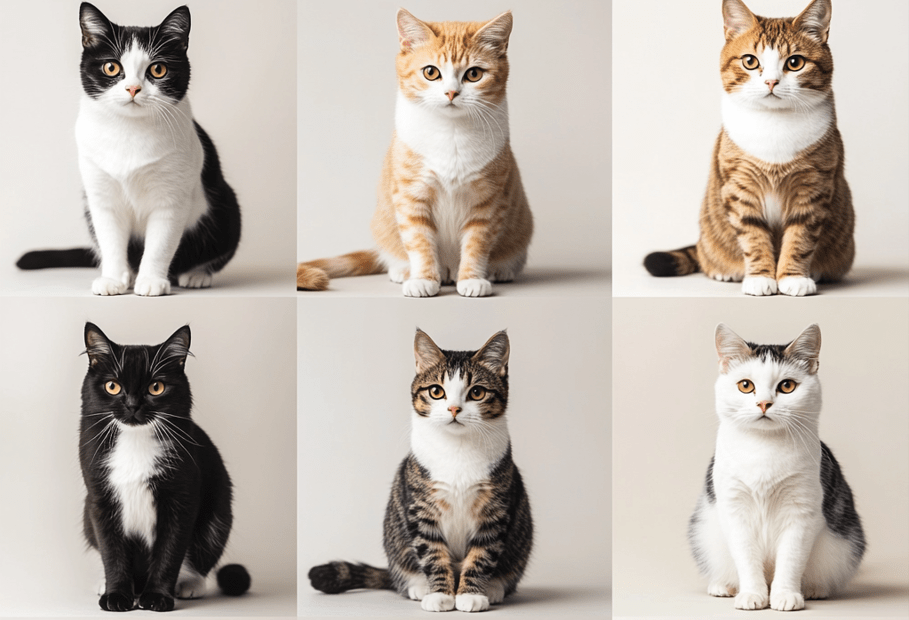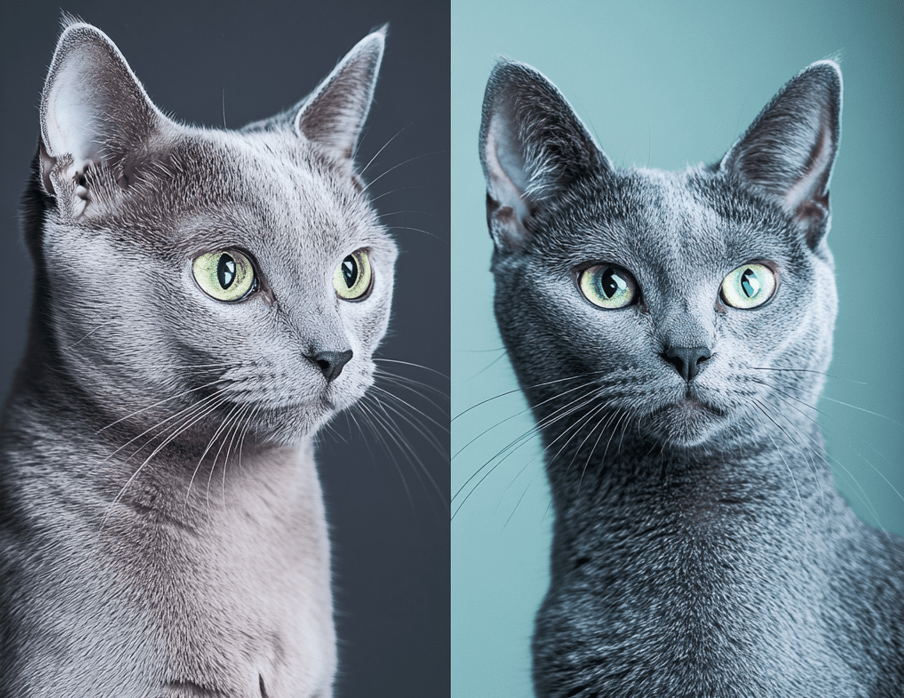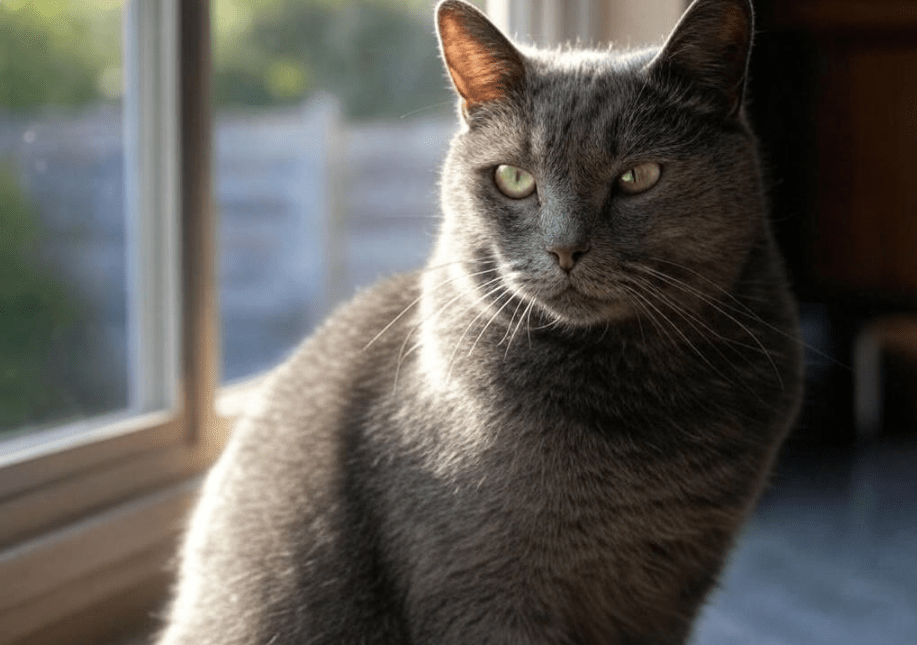
Domestic Shorthair Cats are beloved for their playful personalities, low-maintenance coats, and adaptability to various home environments. However, one common challenge for owners is managing shedding, which can leave fur on furniture, clothes, and floors. While shedding is a natural process for these felines, it can be controlled with the right strategies. This comprehensive guide explores practical, effective tips for managing shedding in Domestic Shorthairs, ensuring a cleaner home and a healthier cat. From grooming techniques to dietary adjustments, we’ll cover everything you need to know to keep shedding under control.
Understanding Shedding in Domestic Shorthair Cats
Shedding is a natural part of a Domestic Shorthair Cat’s life cycle. Their short, dense coats are designed to protect them from environmental elements, regulate body temperature, and maintain skin health. However, as new fur grows, old or damaged hair is shed, leading to loose fur around your home. Shedding can vary based on several factors, including:
Seasonal Changes: Domestic Shorthairs often shed more during spring and fall as they transition between lighter summer coats and denser winter coats.
Health and Diet: Poor nutrition or underlying health issues can increase shedding.
Stress: Changes in environment, routine, or household dynamics can trigger excessive shedding.
Age: Kittens and senior cats may shed differently than adult cats due to changes in metabolism or coat quality.
Understanding these factors helps you tailor your approach to managing shedding effectively. By addressing the root causes and implementing consistent care routines, you can minimize fur buildup and keep your Domestic Shorthair healthy and comfortable.
Why Domestic Shorthairs Shed
Domestic Shorthairs have a single-layered coat, unlike double-coated breeds such as Maine Coons or Persians. This short, sleek coat is relatively easy to maintain but still sheds regularly. Shedding serves several purposes:
Hair Renewal: Old or damaged hairs are replaced with new, healthy ones.
Temperature Regulation: Shedding helps cats adapt to seasonal temperature changes.
Skin Health: Shedding removes dead skin cells and prevents matting, which can cause irritation.
However, excessive shedding can be a sign of issues like poor diet, allergies, parasites, or stress. If your Domestic Shorthair is shedding more than usual or showing signs of skin irritation, consult a veterinarian to rule out medical conditions.
Practical Tips for Managing Shedding
Here are actionable strategies to reduce shedding in Domestic Shorthair Cats while promoting their overall well-being. These tips are designed to be easy to implement and effective for busy pet owners.
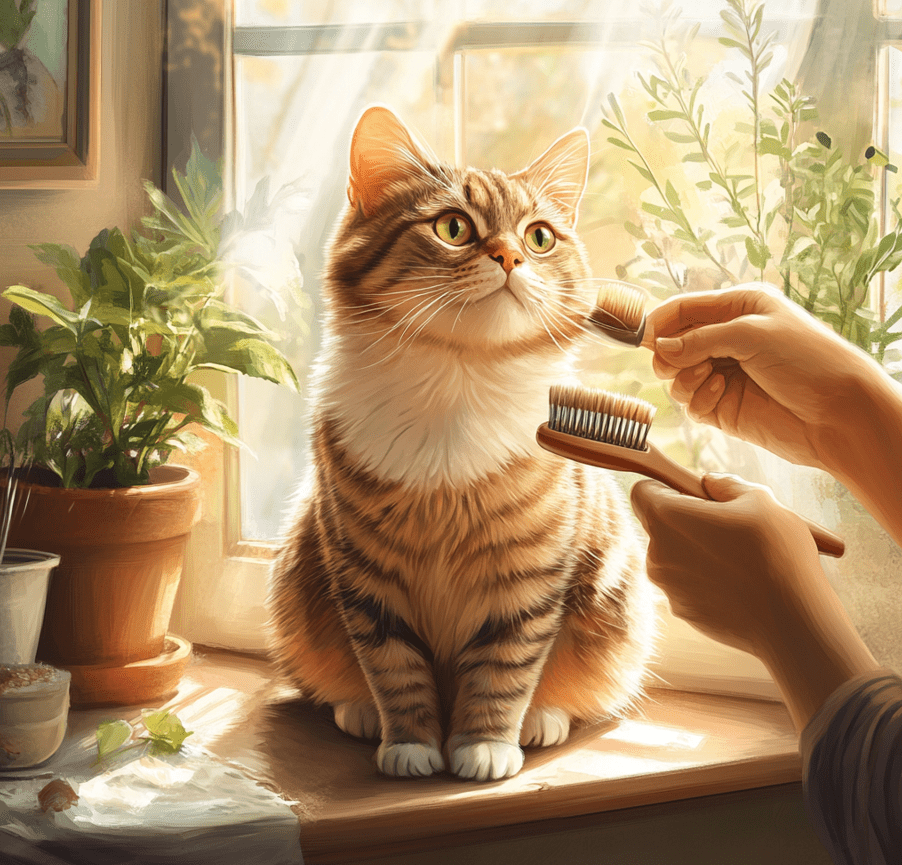
1. Regular Grooming
Grooming is the cornerstone of shedding management. Regular brushing removes loose fur, distributes natural oils, and prevents matting. For Domestic Shorthairs, grooming is straightforward due to their short coats, but consistency is key.
Choose the Right Brush: Use a soft-bristled brush, rubber grooming mitt, or de-shedding tool designed for short-haired cats. Tools like the FURminator are particularly effective for reducing loose fur.
Brush Weekly: Brush your cat 1–2 times per week for 5–10 minutes. During peak shedding seasons (spring and fall), increase to 3–4 times per week.
Be Gentle: Use smooth, gentle strokes to avoid irritating your cat’s skin. Focus on high-shedding areas like the back, sides, and base of the tail.
Make It Enjoyable: Pair grooming with treats or praise to create a positive experience for your Domestic Shorthair.
Regular grooming not only reduces shedding but also strengthens the bond between you and your cat.
2. Bathing Your Domestic Shorthair
While cats are excellent self-groomers, occasional baths can help manage shedding by removing loose fur and dander. Bathing is especially useful during heavy shedding periods.
Use Cat-Safe Shampoo: Choose a gentle, hypoallergenic shampoo formulated for cats. Avoid human shampoos, which can irritate their skin.
Bathe Sparingly: Bathe your Domestic Shorthair every 4–6 weeks or as needed. Over-bathing can strip natural oils and dry out their skin, leading to more shedding.
Dry Thoroughly: Use a towel or low-heat blow dryer to dry your cat completely, as damp fur can trap loose hair.
Always ensure your cat is comfortable during baths by using warm water and a calm environment.
3. Optimize Your Cat’s Diet
A balanced diet is critical for maintaining a healthy coat and minimizing shedding. Poor nutrition can lead to dry skin, brittle fur, and excessive hair loss.
High-Quality Protein: Cats are obligate carnivores, so choose cat food with high-quality animal-based proteins (e.g., chicken, turkey, or fish) as the primary ingredient.
Omega Fatty Acids: Foods rich in omega-3 and omega-6 fatty acids (found in fish oil or flaxseed) promote shiny coats and reduce shedding. Consider supplements if recommended by your vet.
Hydration: Ensure your Domestic Shorthair has constant access to fresh water. Wet food can also help with hydration, supporting skin health.
Avoid Fillers: Steer clear of foods with excessive grains or artificial additives, which can contribute to skin issues and shedding.
Consult your veterinarian to select a diet tailored to your cat’s age, weight, and health needs.
4. Maintain a Stress-Free Environment
Stress can trigger excessive shedding in Domestic Shorthairs. Cats are sensitive to changes in their environment, such as moving, new pets, or loud noises. To reduce stress:

Provide Safe Spaces: Offer cozy hiding spots, like cat beds or covered crates, where your cat can retreat.
Stick to a Routine: Feed, play, and groom your cat at consistent times to create predictability.
Use Pheromone Diffusers: Products like Feliway mimic calming feline pheromones, reducing stress-related shedding.
Enrich Their Environment: Provide toys, scratching posts, and climbing structures to keep your Domestic Shorthair mentally stimulated.
A calm, enriched environment supports your cat’s emotional health, reducing shedding caused by anxiety.
5. Regular Veterinary Checkups
Routine vet visits are essential for identifying and addressing health issues that may contribute to shedding. Common culprits include:
Fleas and Parasites: Flea infestations or mites can cause itching and excessive shedding. Use vet-recommended flea preventatives year-round.
Allergies: Food or environmental allergies can lead to skin irritation and hair loss. Your vet may recommend allergy testing or dietary changes.
Skin Infections: Bacterial or fungal infections can cause patchy shedding. Prompt treatment is crucial.
Hormonal Imbalances: Conditions like hyperthyroidism can affect coat quality. Blood tests can diagnose these issues.
Schedule annual checkups for your Domestic Shorthair, and seek veterinary advice if you notice sudden or excessive shedding.
6. Control Indoor Environment
Your home’s environment can influence shedding. Dry air, extreme temperatures, or allergens can exacerbate hair loss in Domestic Shorthairs.
Use a Humidifier: Maintain indoor humidity between 30–50% to prevent dry skin, which can worsen shedding.
Vacuum Regularly: Use a HEPA-filter vacuum to remove pet hair and dander from carpets, furniture, and floors. This also reduces allergens that could irritate your cat’s skin.
Wash Bedding: Clean your cat’s bedding weekly to remove loose fur and prevent skin irritation.
Minimize Allergens: Keep windows closed during high pollen seasons and use air purifiers to reduce airborne irritants.
A clean, comfortable home benefits both you and your Domestic Shorthair by reducing shedding triggers.
7. Use Shedding Control Products
Several products are designed to reduce shedding in short-haired cats. While not a substitute for grooming or diet, they can complement your efforts.
De-Shedding Tools: Tools like the Safari De-Shedding Comb or Grooming Gloves capture loose fur effectively.
Lint Rollers and Pet Hair Removers: Use these to clean fur from furniture and clothing between vacuuming sessions.
Shedding Supplements: Some supplements, like those containing biotin or fish oil, support coat health. Consult your vet before adding supplements to your cat’s routine.
Choose products specifically designed for cats to ensure safety and effectiveness.
Common Myths About Shedding in Domestic Shorthairs
There are several misconceptions about shedding that can lead to ineffective management strategies. Let’s debunk a few:
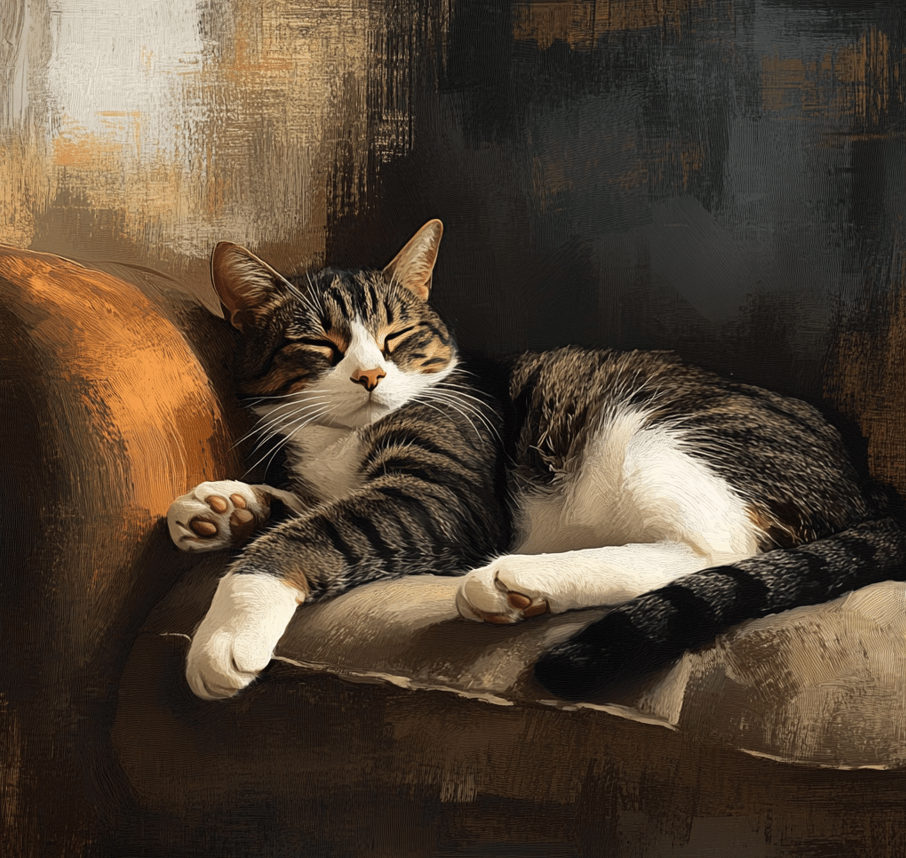
Myth: Domestic Shorthairs Don’t Shed Much: While their short coats shed less visibly than long-haired breeds, Domestic Shorthairs still shed regularly.
Myth: Shaving Reduces Shedding: Shaving can disrupt a cat’s natural coat cycle and cause skin issues. It’s rarely recommended for Domestic Shorthairs.
Myth: Shedding Can’t Be Controlled: With proper grooming, diet, and care, shedding can be significantly reduced.
Understanding the truth behind these myths helps you focus on evidence-based solutions.
When to Seek Professional Help
If shedding persists despite your efforts, it may indicate an underlying issue. Contact your veterinarian if you notice:
1.Bald patches or thinning fur
2.Red, inflamed, or scabby skin
3.Excessive scratching or grooming
4.Changes in appetite, energy, or behavior
A vet can perform diagnostic tests, such as skin scrapings or blood work, to identify the cause and recommend treatment.
Creating a Shedding Management Routine
To make shedding management sustainable, create a consistent routine tailored to your Domestic Shorthair’s needs. Here’s a sample weekly plan:
Monday: Brush for 5–10 minutes, focusing on high-shedding areas.
Wednesday: Check for fleas or skin issues during a quick grooming session.
Friday: Brush again and clean cat bedding.
Sunday: Vacuum furniture and floors to remove loose fur.
Adjust the routine based on your cat’s shedding patterns and your schedule. Consistency is more important than intensity.
Benefits of Managing Shedding
Effectively managing shedding offers numerous benefits for both you and your Domestic Shorthair:
Cleaner Home: Less fur on furniture, clothes, and floors.
Healthier Cat: Reduced risk of hairballs, skin irritation, and stress-related issues.
Stronger Bond: Regular grooming and care strengthen your relationship with your cat.
Fewer Allergies: Lower dander levels can reduce allergic reactions for household members.
By investing time in shedding management, you create a happier, healthier environment for everyone.
Conclusion
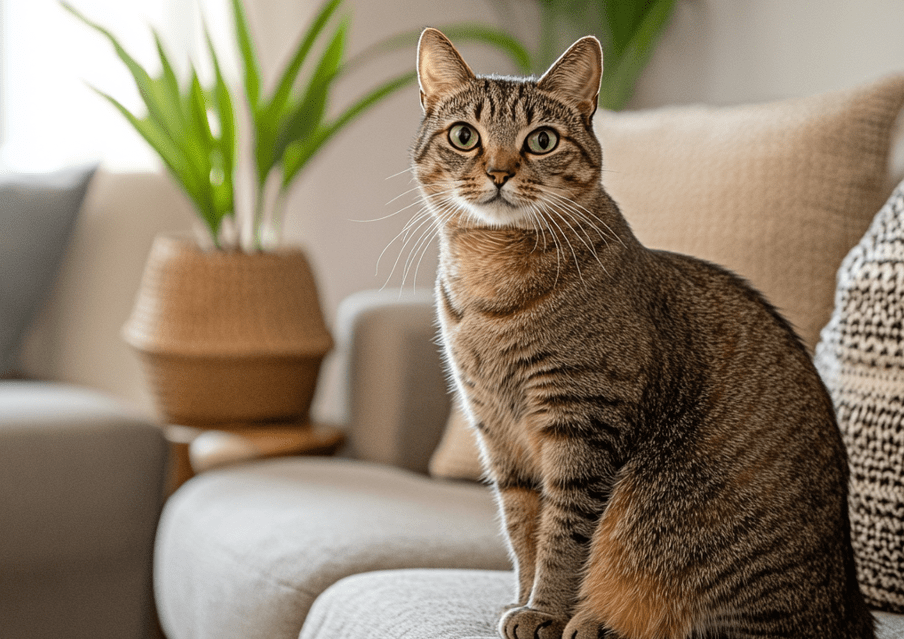
Managing shedding in Domestic Shorthair Cats is entirely achievable with the right approach. By combining regular grooming, a balanced diet, stress reduction, and veterinary care, you can keep shedding under control and enhance your cat’s quality of life. Start with small, consistent steps, like weekly brushing and a high-quality diet, and adjust based on your cat’s needs. With these practical tips, your Domestic Shorthair will sport a healthy, shiny coat, and your home will stay fur-free.
For personalized advice, consult your veterinarian to address your cat’s unique needs. By making shedding management a priority, you’ll enjoy a cleaner home and a happier, healthier feline companion.

